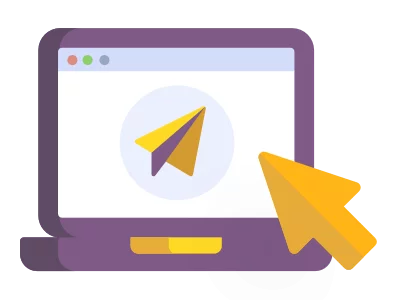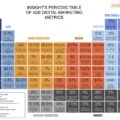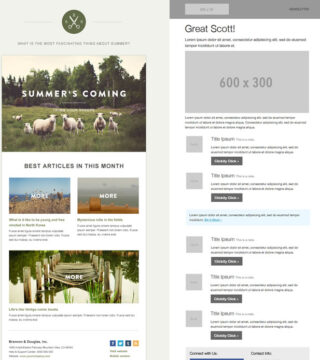Learn all about programmatic buying
the 23 of June of 2016
the 23/06/2016
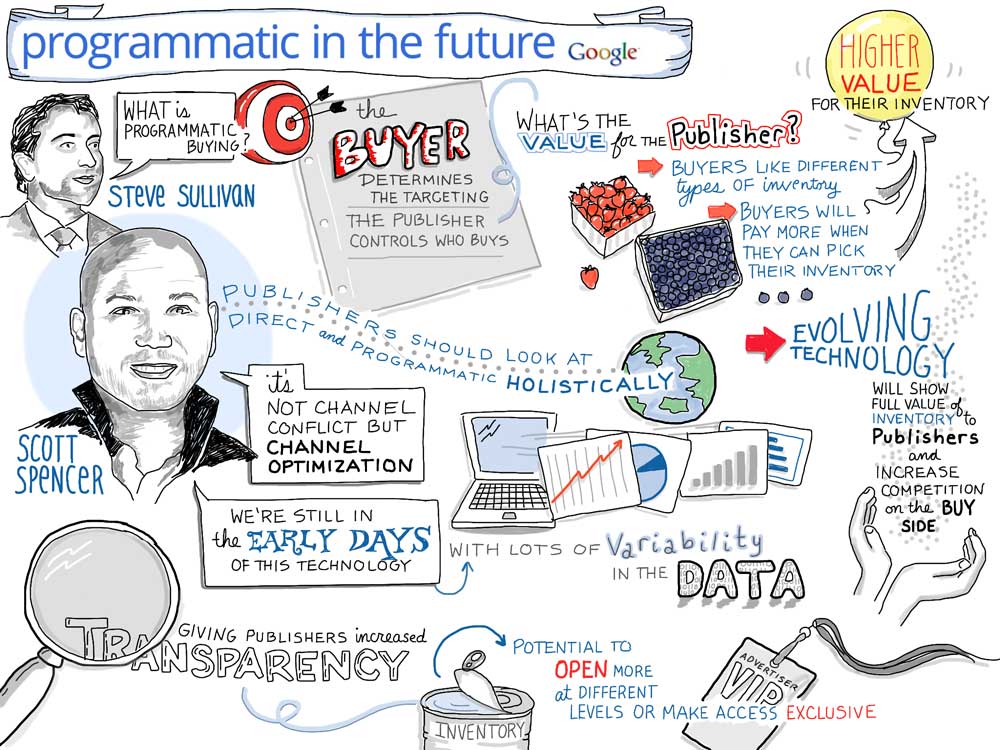
What is programmatic buying and how does it work? That could be the million-dollar question for anyone who hasn’t yet worked in this continually expanding industry.
Programmatic buying could be summed up as a way of buying advertising space in a fast, cheap and automatic way. It allows those publishers that have ad placements to offer them and those who need advertising space to find it without having to go through individual operations.
Therefore, we have put together a small guide that will help you to understand all about programmatic buying.
TABLE OF CONTENTS
What is programmatic buying?
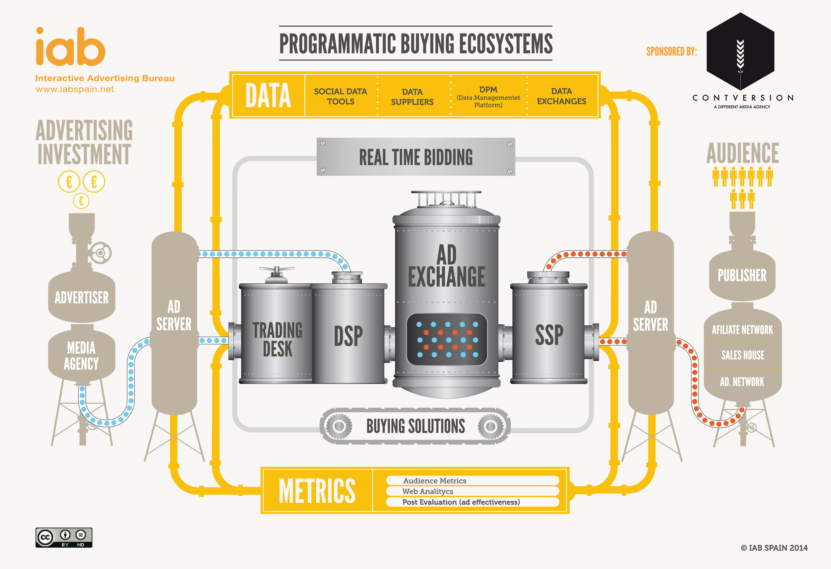
The whitepaper on Programmatic Buying and RTB, published by IAB Spain, the association that represents the advertising, marketing, and digital communication industry in Spain, defines programmatic buying as “The execution of online media buying through bids or stable offers through technologies based on algorithms that define the terms of the demand and are able to execute the purchase more appropriate to the campaign objectives, defined in terms of profiles, price, value or any other parameter set and identified by the buyer and executed in real time”.
Programmatic buying is an automated system that allows you to buy individual impressions of advertising. The buying is done through DSP platforms (Demand Side Platform), which offer simultaneous global inventory, which the users, businesses, and platform clients can all bid on.
Programmatic buying is different from other types of buying, in the sense that the purchases are made automatically and you can buy from different Ad Exchange platforms, publishers, and web pages from a single platform.
These platforms do not so much look for a buying model based on buying inventory, but rather specific audiences who are most likely to see the campaign. That´s why, this kind of buying along with retargeting strategies can return much broader results.
In order to make this kind of purchase it is necessary to connect a number of elements
- DPS Platforms (Demand Sid Platform): These are the platforms that make it possible to buy the advertising placements from one platform.
- Real Time Bidding (RTB): It is the bidding model that is used by platforms to make programmatic purchases, a characteristic that separates them from the other advertising platforms and makes them unique.
- Big Data: The platforms that manage programmatic buying deal with vast amounts of data from a number of sources, which means that they have to be able to handle this information in the right way. They must be able to read the information, manage it, modify it and give the response that the user is looking for.
How does programmatic buying work?
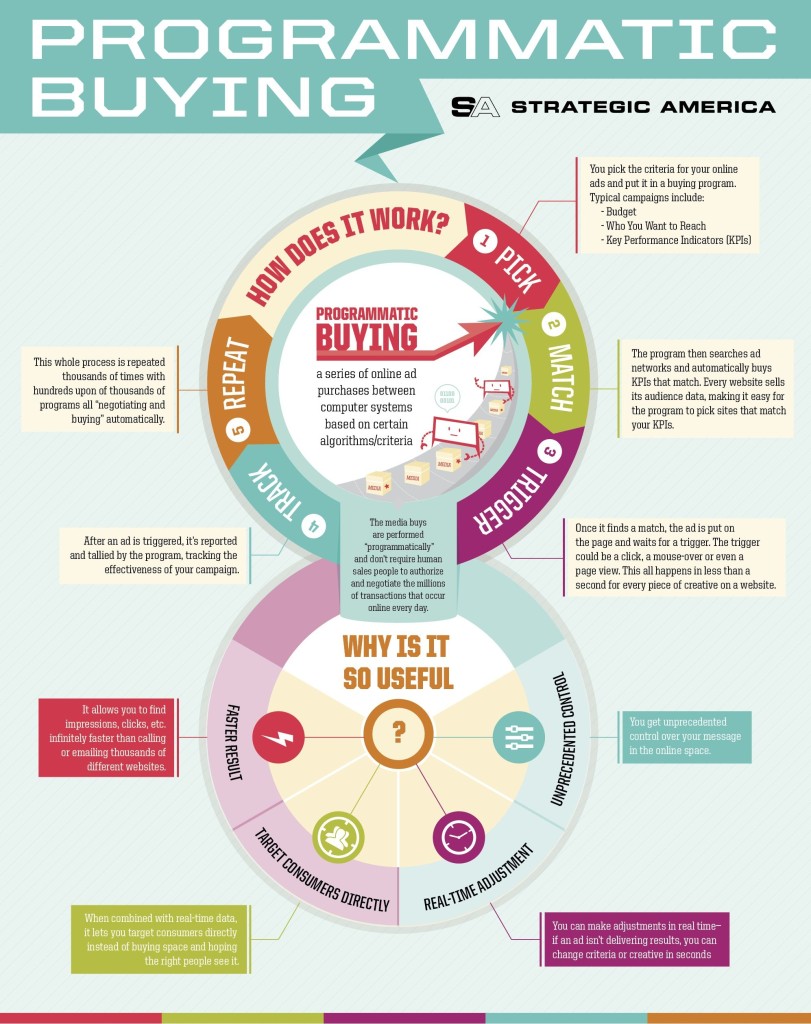
Programmatic buying is a process that begins from an essential starting point: The Data. Unlike other forms of buying, programmatic buying implies the need to handle large amounts of data when making purchases, which allows us to better define the segment, the field of action and the type of website to advertise on.
The right conclusions must be extracted from the information in order to help you decide what type of audience or websites are of most interest to you. Once you have this information you can then go to your programmatic buying platform and start bidding on the advertising placements on offer.
The process in a programmatic purchasing platform follows 5 steps:
- Pick: The process begins by choosing the buying criteria that you want. The platform will ask you for all the relevant information relating to your audience, the type of companies that you are interested in, and the amount you are willing to pay. This information will be essential for the following steps.
- Match: After you have introduced the criteria and data in step one, the system will direct you to platforms and websites that match your specifications. Which websites match your criteria? The platform will make those selections for you.
- Trigger: Once a match has been made, someone is expected to click on the ad or page. The whole process is fast with only a few seconds available to select the creative to be displayed.
- Track: Once the campaign has been launched, you will start receiving data on how it is performing, the metrics that have been extracted and the effectiveness of the campaign.
- Repeat: Being a cyclical process, we have to return to step 1 in order to start again with the next step. As it is an automated process, the repetition becomes another step, one that the user will see as normal and integral to the operation of the platform.
Advantages of Programmatic Buying
Like other models of buying, programmatic buying offers a number of advantages that make it different from the rest:
- Target a segment: Contrary to other methods of buying, the recipient is not a general customer but a specific one who can be found within an audience segment. A series of algorithms using data taken from the profiles of advertisers determine which ads will be of most interest to them.
- Facilitating the buying process: By not having to make the purchase manually, the process of buying ad placements streamlined and simplified. All of the players (advertisers, agencies or adservers) come together in one unique channel. This process saves time, work and most importantly money, as everything is automated and optimized to launch the campaign on time.
- Reach more types of audiences: as there are so many publishers out there, the buyers have access to millions of users that previously wouldn’t have been considered as potential customers. This process allows companies to share both the effort and the results.
- A way of reaching more inventory than manually: By automating the entire process, much of the inventory is held on a single platform so the purchase is automatic and offers a natural way of reaching more of it. The buyer doesn´t have to operate with every single publisher individually, the process is automated and it is the system that suggests platforms and placements that may otherwise have been overlooked or not reached.
- Conversion is easier: When the company is able to advertise on more platforms, in a way that fits their audience needs and specific segments, the conversion of the user is much more likely.
- Real time metrics: Just like purchases can be made in real time, it is also possible to measure your results in real time too. Knowing the variations that can occur in conversions or clicks will allow you to act on them and also collect information for any future campaigns.
- Companies are not obligated to accept one another: Companies have the last word on these programmatic buying platforms. It will be up to the brands which companies proposed by the system may or may not advertise on their website. This process will help prevent competitors from accessing ad placements on your website and trying to take advantage of your media and platform.
Main strategies of Programmatic buying
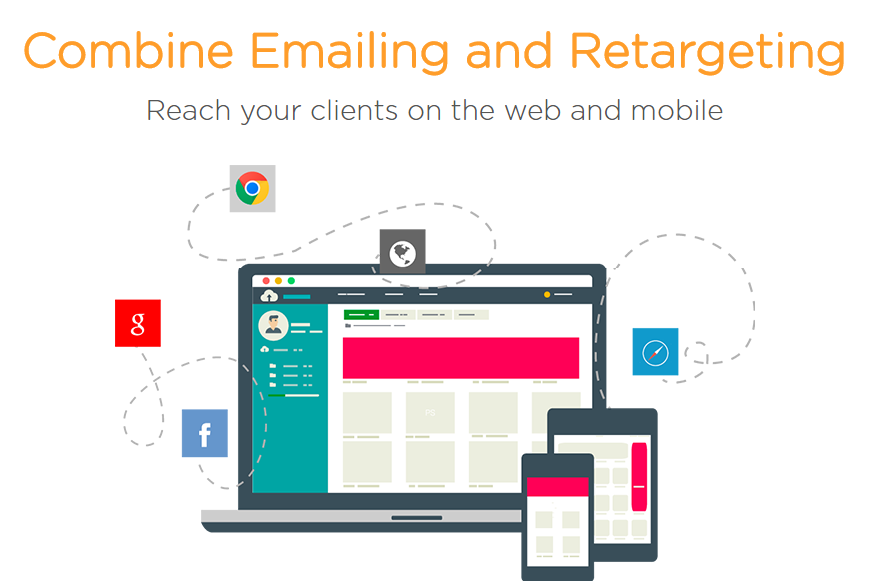
Programmatic buying enables you to use a number of different strategies that you previously would not have considered trying. The objectives of these strategies are to target the best audience and the best publishers in order to optimize the results from the first purchase.
The most used strategies for Programmatic buying are:
- Contextual: The impact the campaign has on those users who are interested in, or related to a specific topic or category. To be able to develop this segment it is important to consider the campaign´s key words and objectives.
- Prospecting: It usually focuses on finding users that are interested in the product. The strategy starts with an analysis of the client, to understand their behaviour and what their interests are. It then seeks to find out more about the end customer in order to know if the product, in this case ad placement, is appropriate for their needs. In other words, it decides if the ad placement that the buyer wants meets the criteria that they are looking for such as, number of visitors, interests of the visitors, topics to be addressed on the site or positioning on social networks.
- Retargeting: Companies like MDirector set in motion a process when users visit a website, by marking them with a pixel or cookie in order to collect information such as, browsing history, interests, etc. With this information the company can then take action and place their banners and ads in the ad placements of the different websites that the user visits and in turn deliver better ads to the end user and return a higher probability of conversion.Segmentation of the collected data can be done through multiple criteria: Client behaviour, demographics, social data, buying habits or lifestyle
- White List: The impact of this strategy is made on visitors who visit classified websites on the list. That way, the campaign only reaches users who browse websites that have been decided by the company who is doing programmatic buying.
MDirector CRM Retargeting is a platform that allows you to add a cookie to every user in your database and communicate with them while they surf the web and mobile. Add cookies to your users, retarget your database and social networks and obtain the best reports with this essential platform,
